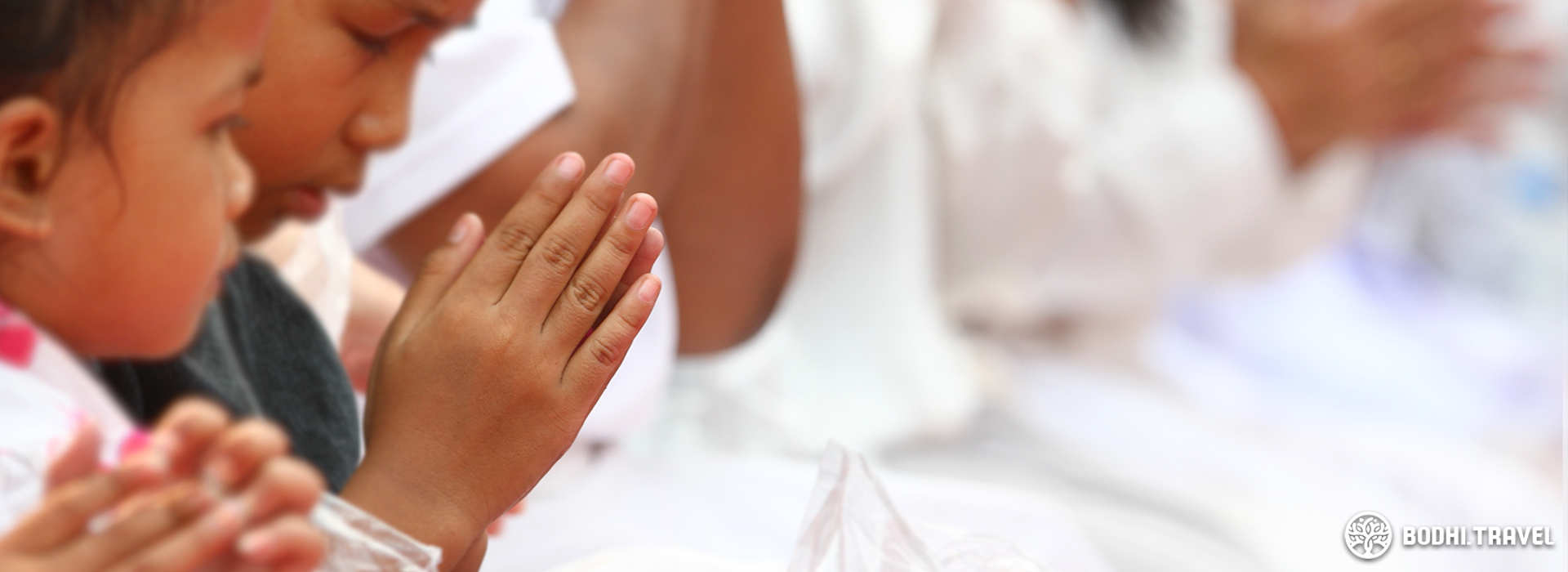
Mudras - Anjali
BODHI ADMIN - Posted on July 5, 2019 - 2,671 Views
The Anjali mudra is a commonly seen, and performed, mudra. Unlike other mudras which are depicted as an art form and not practised, it is common to see people of different cultures, customs and religions greeting one another with the Anjali mudra.
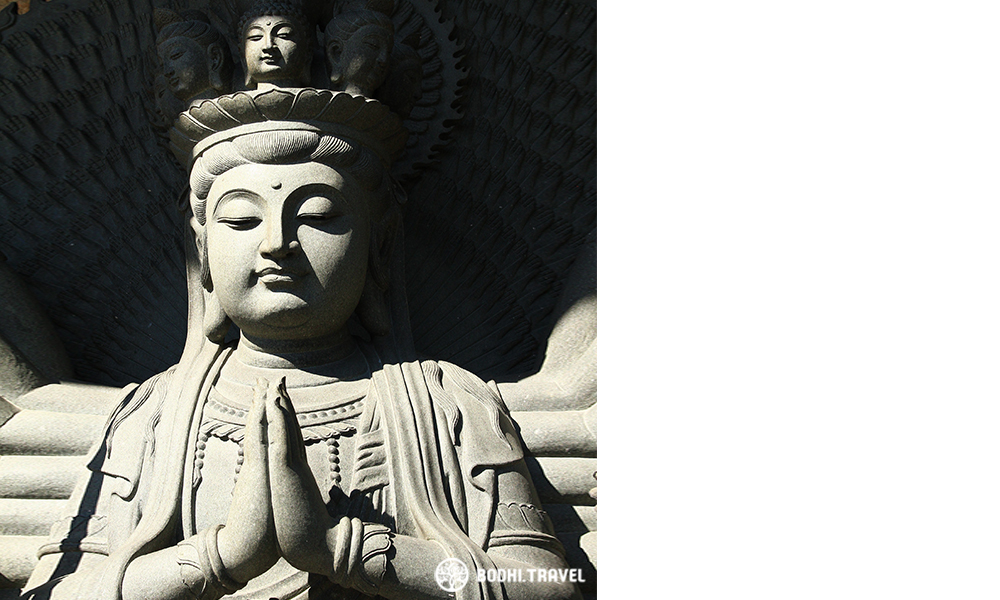
Performed by pressing the palms of both hands together, the Anjali mudra is graceful and visually pleasing. The fingers of each hand are together, pointing upwards, and the two hands are usually held at chest to chin level. Sometimes accompanied by a bow, the Anjali mudra expresses courtesy, friendship, respect and adoration to the other person.
The handshake, the bow and other forms of greeting are thought by some scholars to be an expression of peace. By extending empty hands or lowering one’s head, the initiator is demonstrating the lack of weapons (hidden or otherwise) and also exposing his/her body to attack, thus indicating peace and lack of aggressive intentions.
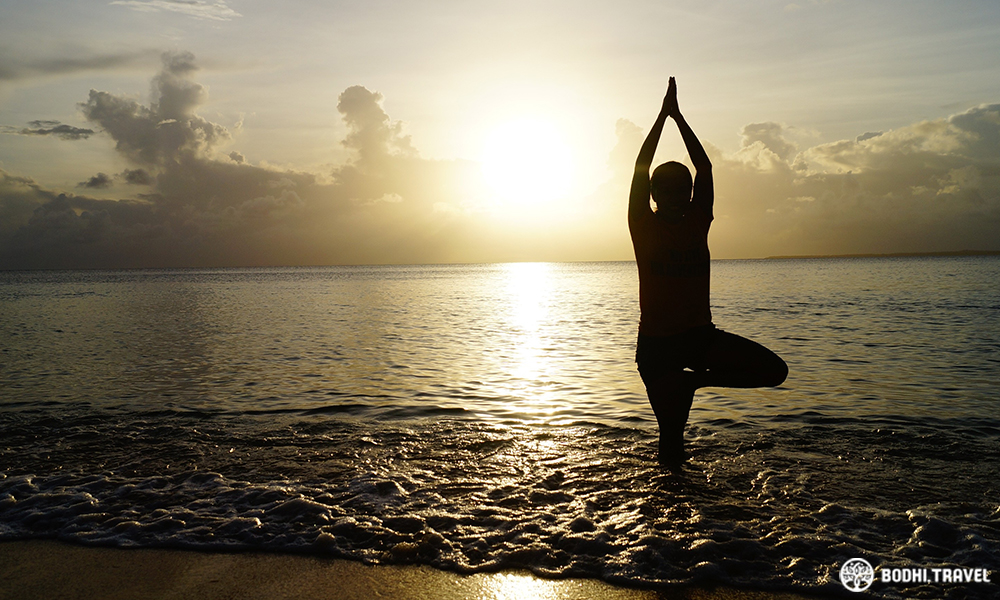
Unlike the many mudras that we are introducing in this series, the Anjali mudra is not uniquely Buddhist and can be practised by anyone. One can also find the Anjali mudra to be part of a yoga posture, being incorporated into the yoga practice.
It is important to note that the Anjali mudra is not applicable to Buddha statues. Buddha statues are often depicted with other mudras or holding items. As the Buddha is a perfectly Enlightened being, He does not show devotion to us as we show devotion to Him.
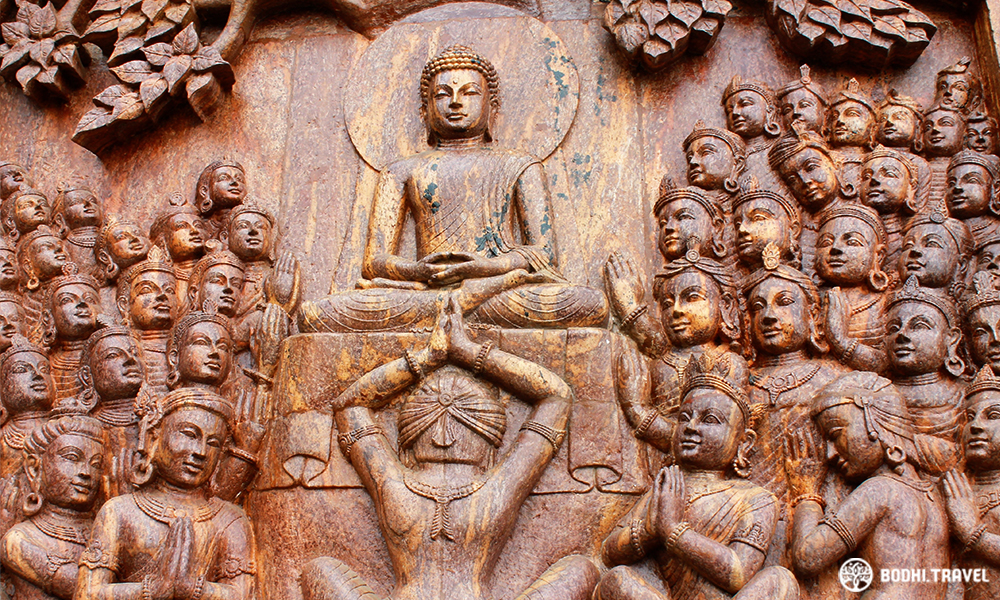
The word Anjali is derived from anj, meaning “to honour or celebrate” and is Sanskrit for “divine offering”, “a gesture of reverence” etc. There is no universal Buddhist rule or tradition dictating that we must perform the Anjali mudra (a handshake or a bow is just as fine) but it is a pleasant way to greet other people. So do try it next time, preferably with a smile!
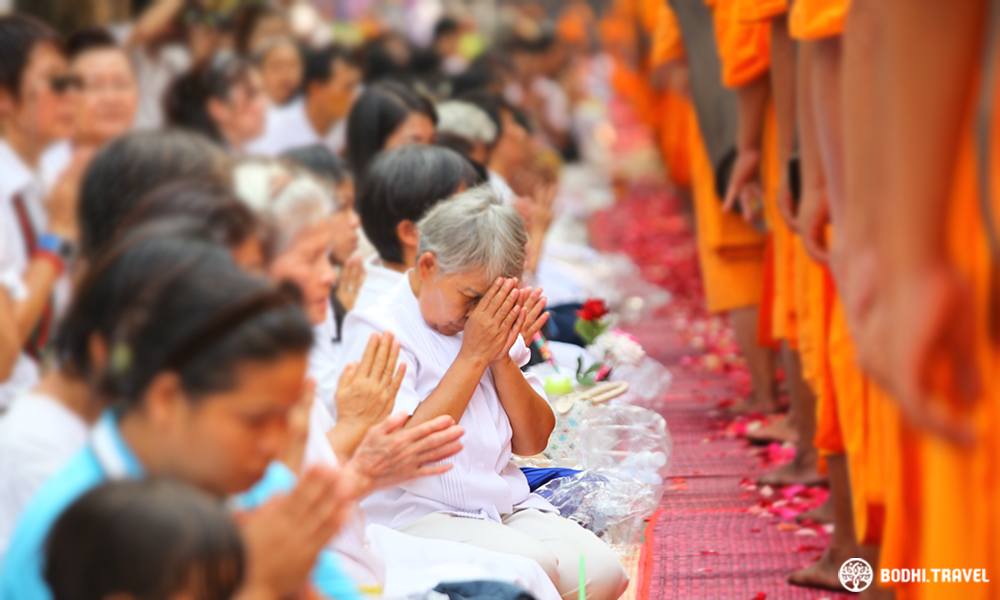
MORE ARTICLE: Mudras – Dhammacakra
MORE ARTICLE: Mudras – Bhumisparsha
MORE ARTICLE: Kinnara - Mythical Celestial Creature




